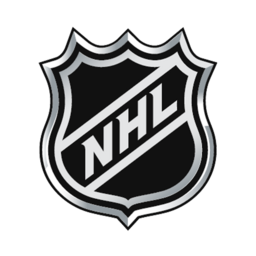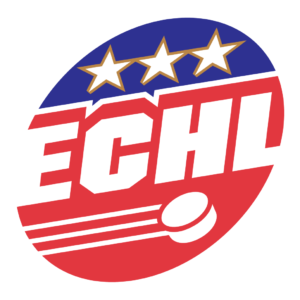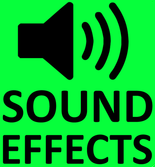The Hockey Show - Episode 654
The Hockey Show, Canada's only campus-produced radio show that strictly talks hockey, returns to the airwaves of 101.5 megahertz on the FM dial tonight as our hosts get you ready for a major contest that will happen in two weeks! Every year, The Hockey Show has run a playoff contest for sixteen contestants, and we're nearly ready to kick off another exciting edition of Survivor: NHL Playoffs for this year's postseason! Out hosts will chat about the contest tonight as they get you ready for April 17 when the contest opens! Beyond that, the gents have some hockey news to discuss, so get ready for another busy show tonight on The Hockey Show at 5:30pm CT!
He won't physically be in the studio tonight, but Jeff Probst makes a return as Teebz and Jason get you set up with the initial information for Survivor: NHL Playoffs that begins on April 17. From there, the hosts have some business to go over as they look at the new deal hammered out by Rogers Communications and the NHL, why that deal might not be so good, a former U SPORTS player is making waves at the pro level, a number of leagues have champions as seasons wind down, we'll have a new WHL team next season, and there's a Melbourne moment about an encouraging tool when it comes to athletes' health! Assuming we can squeeze all this news in, you'll want to have your radio or internet-enabled device tuned to UMFM's signals to UMFM tonight for The Hockey Show at 5:30pm CT on one of 101.5 FM, Channel 718 on MTS TV, or via UMFM.com!
If you live outside Winnipeg and want to listen, we have options! The new UMFM website's online streaming player works well if you want to listen online. We also recommend Radio Garden if you need an easy-to-use online stream. If you're more of an app person, we recommend you use the TuneIn app found on the App Store or Google Play Store. It's a solid app.
If you have questions, you can email all show queries and comments to hockeyshow@umfm.com! Tweet me anytime with questions you may have by hitting me up at @TeebzHBIC on Twitter! I'm here to listen to you, so make your voice heard! And because both Teebz and Jason are on the butterfly app where things are less noisy, you can find Teebz here and Jason here on Bluesky!
Tonight, Teebz and Jason chat Survivor, new deals, crazy money, winning big, winning seasons, old teams in new leagues, new technology, and much more exclusively on 101.5 UMFM and on the UMFM.com web stream!
Until next time, keep your sticks on the ice!
He won't physically be in the studio tonight, but Jeff Probst makes a return as Teebz and Jason get you set up with the initial information for Survivor: NHL Playoffs that begins on April 17. From there, the hosts have some business to go over as they look at the new deal hammered out by Rogers Communications and the NHL, why that deal might not be so good, a former U SPORTS player is making waves at the pro level, a number of leagues have champions as seasons wind down, we'll have a new WHL team next season, and there's a Melbourne moment about an encouraging tool when it comes to athletes' health! Assuming we can squeeze all this news in, you'll want to have your radio or internet-enabled device tuned to UMFM's signals to UMFM tonight for The Hockey Show at 5:30pm CT on one of 101.5 FM, Channel 718 on MTS TV, or via UMFM.com!
If you live outside Winnipeg and want to listen, we have options! The new UMFM website's online streaming player works well if you want to listen online. We also recommend Radio Garden if you need an easy-to-use online stream. If you're more of an app person, we recommend you use the TuneIn app found on the App Store or Google Play Store. It's a solid app.
If you have questions, you can email all show queries and comments to hockeyshow@umfm.com! Tweet me anytime with questions you may have by hitting me up at @TeebzHBIC on Twitter! I'm here to listen to you, so make your voice heard! And because both Teebz and Jason are on the butterfly app where things are less noisy, you can find Teebz here and Jason here on Bluesky!
Tonight, Teebz and Jason chat Survivor, new deals, crazy money, winning big, winning seasons, old teams in new leagues, new technology, and much more exclusively on 101.5 UMFM and on the UMFM.com web stream!
Until next time, keep your sticks on the ice!















